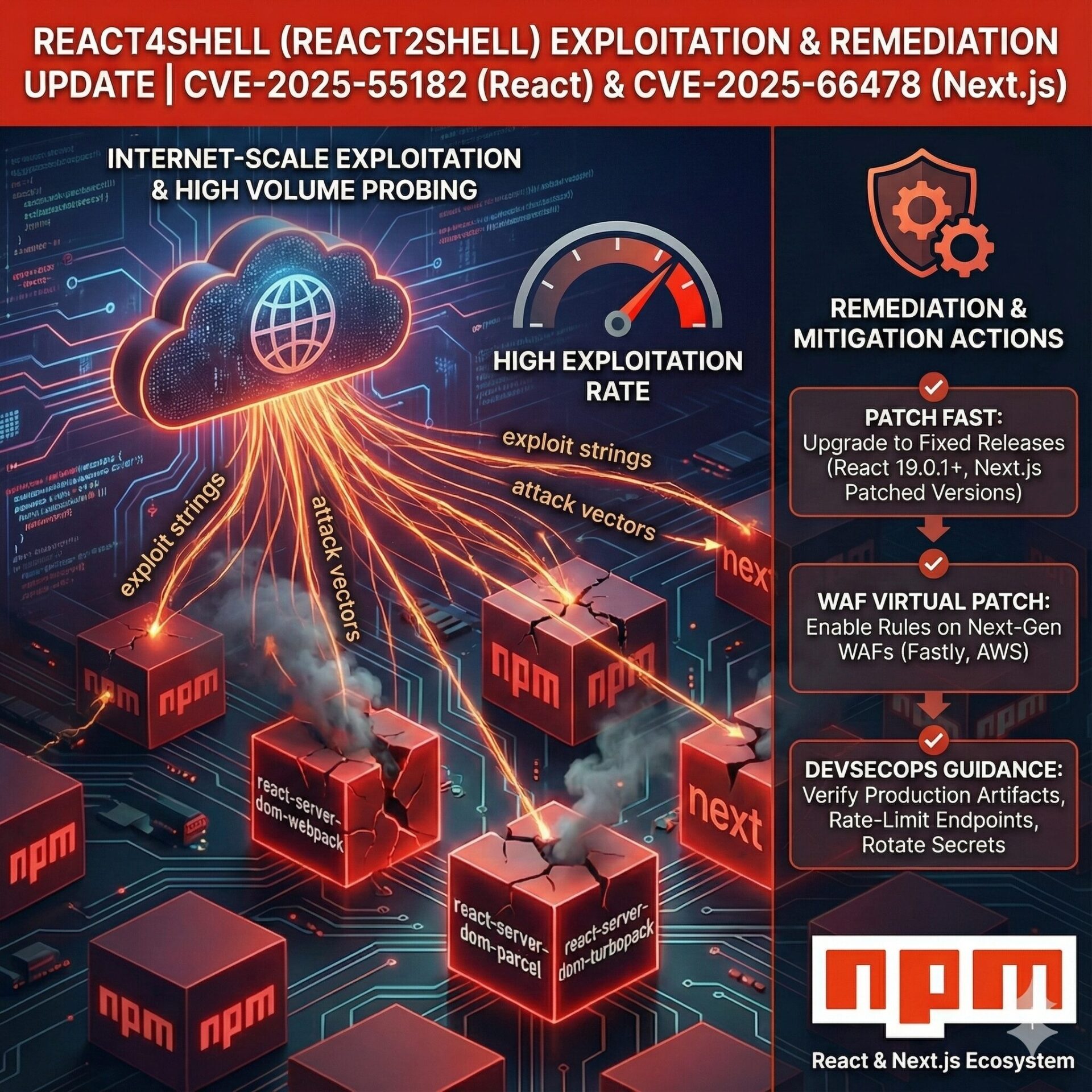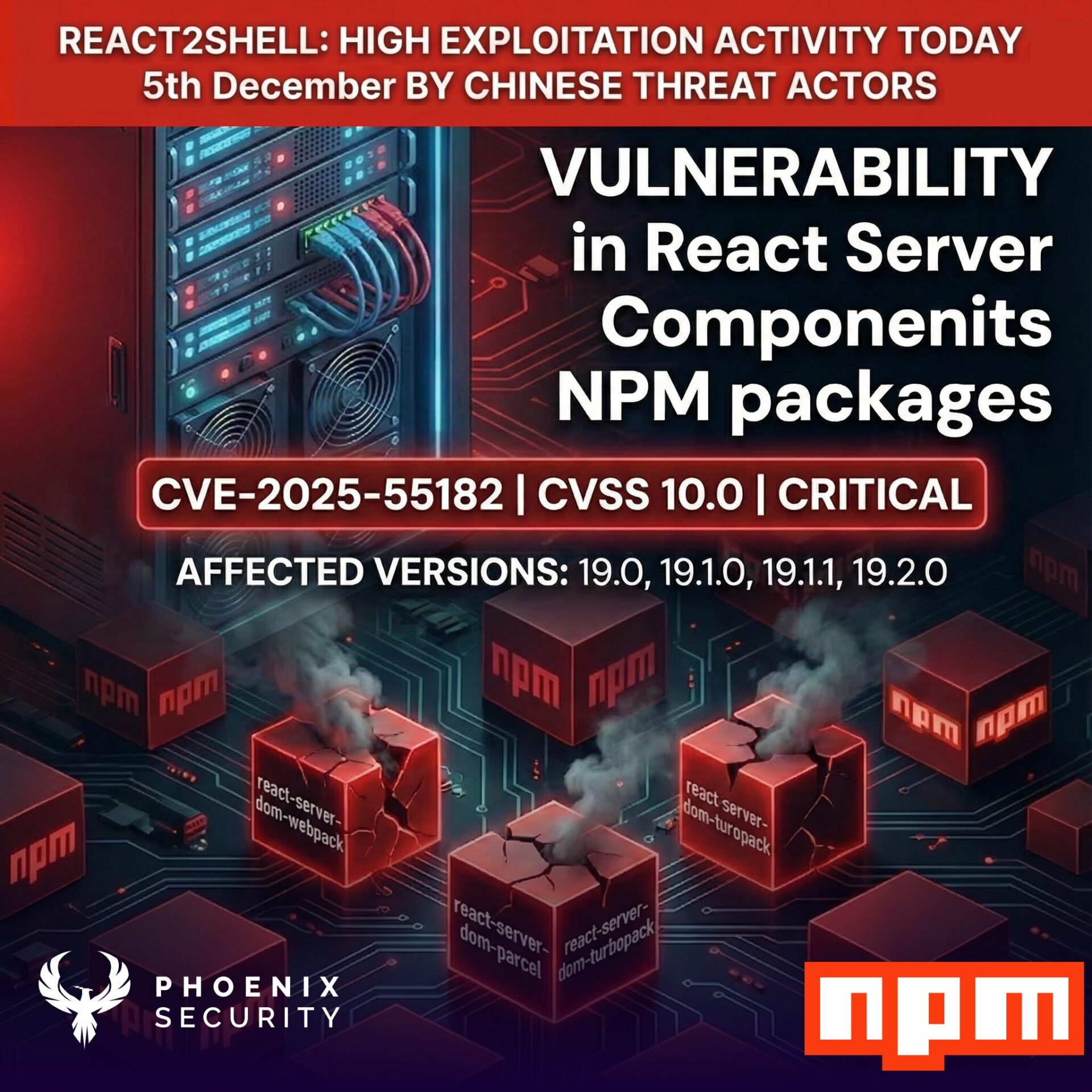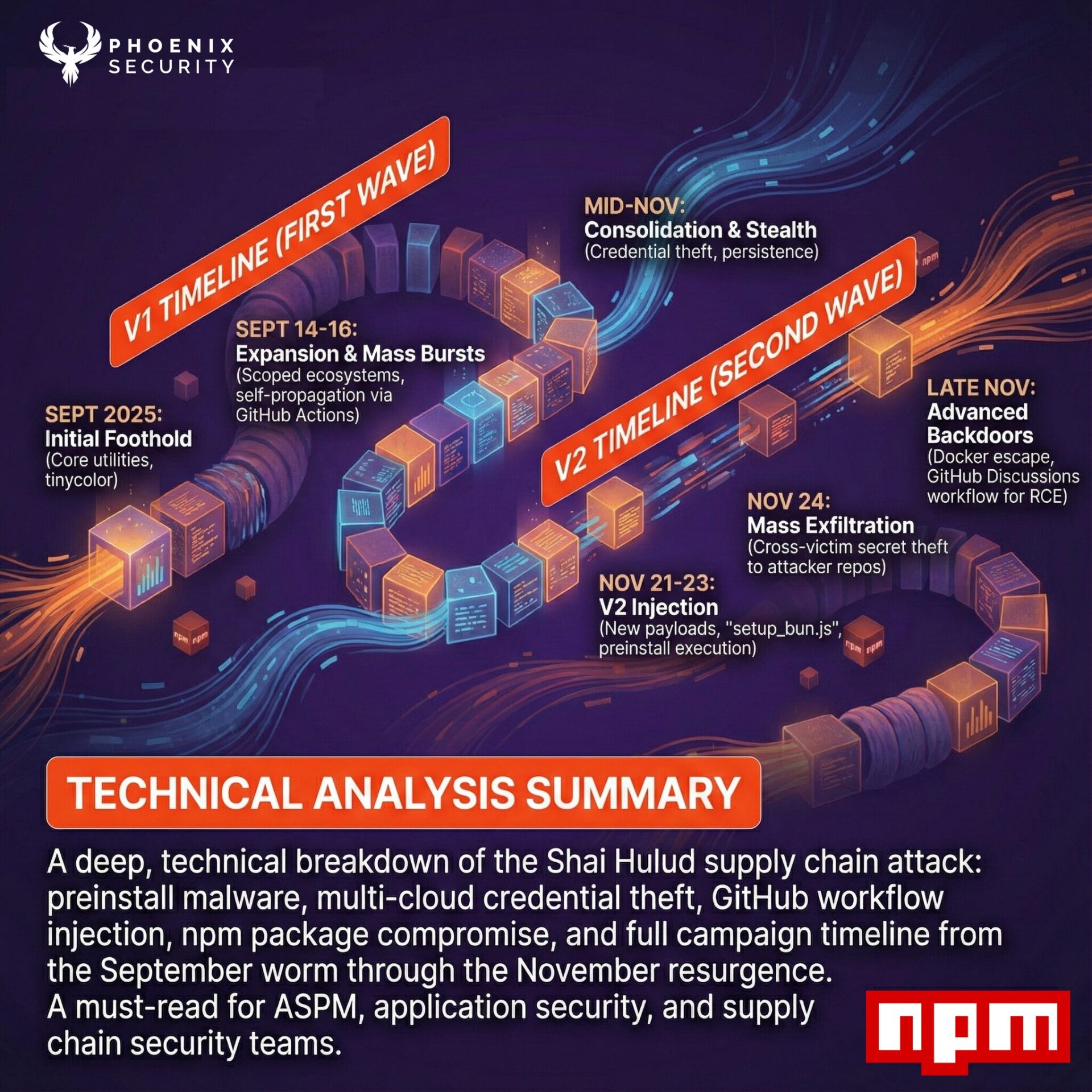The NVD vulnerability backlog reached 16,476 vulnerabilities in July despite the enrichment and the attempt to burn down the backlog, which, by now, should be at 9,973 vulnerabilities; we will explore in this article some of the progress and how Phoenix Security ASPM is addressing them. This backlog is significantly higher than the 9,973 vulnerabilities forecasted to meet the 2025 end-of-year analysis goal. As vendors and institutions, we are concerned that the backlog and data quality will get worse with initiatives like Linux announcing every bug as a vulnerability, spiking to 5103 new just in May against the 3034 average new monthly vulnerabilities.
Phoenix Security UVM and ASPM modules have already started pre-processing several vulnerabilities, ingesting enrichment CISA and other raw sources like CVE.org, and processing with AI-based enrichment for CWE, CVE, Technical impact and Category of the issues. Managing installed software and software vulnerabilities is a critical aspect of cybersecurity. Organisations rely on comprehensive databases and enrichment programs to stay ahead of potential threats. The National Vulnerability Database (NVD) and the Cybersecurity and Infrastructure Security Agency (CISA) are two key players in this field. Recently, CISA launched the Vulnrichment program to address the growing backlog of vulnerabilities, which could reshape how we manage and mitigate cyber threats.
This article provides an in-depth look at the NVD, the impact on UVM and ASPM, the role of CISA, the vulnerability backlog, and how the Vulnrichment program aims to tackle the backlog burndown and current challenges in vulnerability management.

What is the National Vulnerability Database (NVD) and Vulnerability Backlog?
The NVD is the U.S. government’s repository of standards-based vulnerability management data, managed by the National Institute of Standards and Technology (NIST). It includes databases of security checklists, security-related software flaws, misconfigurations, product names, and impact metrics. Key features include:
- Common Vulnerabilities and Exposures (CVE): A list of publicly disclosed information security vulnerabilities and exposures.
- Common Platform Enumeration (CPE): A standardized method for describing and identifying classes of applications, operating systems, and hardware devices.
- Common Vulnerability Scoring System (CVSS): An industry standard for assessing the severity of computer system security vulnerabilities.
- Common Weakness Enumeration (CWE): A list of software weaknesses.
The NVD plays a crucial role in centralizing vulnerability information, but recent challenges have led to a significant backlog in vulnerability analysis and enrichment.
What is CISA Vulnrichment?
The Cybersecurity and Infrastructure Security Agency (CISA) is a federal agency under the Department of Homeland Security (DHS). It is responsible for enhancing the security, resilience, and reliability of the nation’s cybersecurity and communications infrastructure.
CISA’s Key Responsibilities:
- Cybersecurity: Protecting federal networks and collaborating with private sector partners to defend critical infrastructure.
- Infrastructure Security: Ensuring the security of the physical infrastructure and assets that are essential to the nation’s security, economy, and public health.
- Emergency Communications: Improving emergency communications capabilities across the nation.
CISA is often the first to issue public warnings about vulnerabilities actively exploited in the wild. This proactive approach helps organizations take immediate action to protect their systems.
Reasons for the NVD Vulnerability Backlog

Several factors have contributed to the current backlog in the NVD:
Resource Constraints
One of the primary reasons for the backlog is the limited resources and budget constraints faced by NIST. With insufficient funding and staffing, the agency struggled to keep up with the volume of new vulnerabilities being reported. This has led to delays in analyzing and enriching CVE records, resulting in a significant accumulation of unprocessed data.
Speculation on New CPE Initiative
The introduction of a new CPE initiative has also been speculated to contribute to the backlog. Implementing a new system for describing and identifying software and hardware products requires time and effort. While ultimately beneficial for standardization and accuracy, this change has temporarily slowed down the enrichment process.
Change in CVE Format
Another factor is the adoption of the new CVE format (version 5.1). While the updated format aims to provide more detailed and structured information, the transition has required adjustments in processes and tools used for vulnerability analysis. This transition period has contributed to delays in processing and enriching CVE records.
Current State of the Vulnerability Backlog
As of July, the NVD faces a significant backlog in vulnerability analysis. Here are some critical statistics:
| Month | Forecasted Backlog | Actual Backlog |
|---|---|---|
| January | 200 | 0 |
| February | 100 | 0 |
| March | 2152 | 2152 |
| April | 7377.5 | 3945 |
| May | 12603 | 8274 |
| June | 11539 | 12603 |
| July | 9973 | 16476 |

As of July 14, 2024, the NVD faces a significant backlog in vulnerability analysis. According to the Automation Working Group’s report on May 22, CISA is currently analyzing and enriching approximately 200 vulnerabilities per day. Nonetheless the exploding size of the backlog is dwarfing the initiative
For additional statistics on vulnerability Phoenix Security UVM Phoenix Security ASPM and exploitability, refer to:
- Exploit in the wild: https://phoenix.security/what-is-exploitability/
- OWASP/Appsec Vulnerability: https://phoenix.security/what-is-owasp-main/
- CWE/Appsec Vulnerabilities: https://phoenix.security/what-is-cwe-main/
Given these numbers, the new team will take approximately 10-11 months to clear the current backlog, assuming there are no disruptions. This sets the first target date for a clear backlog around March 2025, nonetheless at the current pace, this is unlikely unless the vulnerability number diverges (unlikely given the 5103 in May)
For a more comprehensive analysis of the other implications of NVD backlog, refer to nvd-exploited vulnerabilities article and vulncheck report
Get in touch for a maturity assessment
Feasibility and Timeline
The CISA team’s analysis and enrichment capacity is projected at 4,364 vulnerabilities per month. Considering the conservative estimate of 2,981 new vulnerabilities discovered each month, the team aims to reduce the backlog to zero by March 2025, although this looks unavailable.
Conclusion
The NVD, CISA, and the Enrichment program are critical components of the United States cybersecurity infrastructure. The recent backlog in vulnerability analysis highlights the urgent need for enhanced data enrichment processes and collaboration among all stakeholders. By addressing these challenges, the Vulnrichment program aims to provide organizations with the timely and accurate information they need to secure their systems against evolving cyber threats.
With no mandate but a hopeful target of March 2025 for resolving the current backlog, the cybersecurity community must remain vigilant and proactive in implementing effective vulnerability management strategies. This will not only improve organisational security but also contribute to the overall resilience of the nation’s critical infrastructure.
How can Phoenix Security ASPM and UVM help in addressing the NVD Vulnerability Backlog
In response to the challenges faced by the NVD, Phoenix Security UVM and ASPM modules offer comprehensive Vulnerability management, ASPM and Vulnerability threat Intelligence solutions that automate the enrichment process by synchronizing with NVD, CVE.org, augmenting and extracting meaning for technical analysis and syncing with the Vulnrichment initiative. At Phoenix, we also started to enrich vulnerabilities with AI-derived CWE, Technical Impact, and Capec to compensate for the shortcomings of the NVD database. Phoenix Security connects to over 32 vulnerability intelligence sources and ensures comprehensive and timely enrichment of CVE data. Their innovative 4D contextual risk-based formula also provides enhanced training and prioritization, enabling organizations to manage and mitigate vulnerabilities effectively. This advanced approach not only streamlines the enrichment process but also empowers security teams with the tools and insights needed to stay ahead of evolving threats.


















